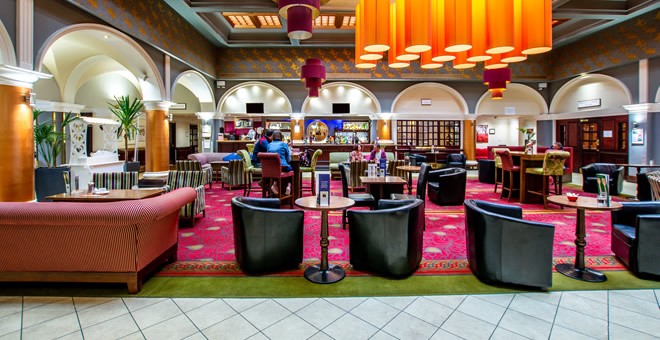Overview
Not all cities across the globe can trace their history back to 1299, save for some of the cradles of civilization. Hull is one of such cities, which traces its history beyond 1299. Known as Kingston upon Hall in the 13th century, Hull was originally an industrial metropolis, a fishing and whaling center, a trading hub, a military supply port, and a market town. The city deeply rooted in history even served as a theater of battle, and has survived several wars. At present, Hull remains to be a unitary authority area and a city of East Riding of Yorkshire. The centuries-old city has collected several tourist attractions, including the Deep, the Marina, the Museum Quarter, and the historic Old Town.
When to Visit
Held during the second week of October, the 700-year-old Hull Fair remains to be the biggest and oldest European Fair. Found on Walton Street, Hull Fair has varying attractions, ranging from children’s rides to large complex rides and simple stalls. Coconuts, toffee apples, brandy snaps, and candy floss are mainstays. Held on the first weekend of September, the Sea Fever Shanty Festival features major shanty singers from all over the world. Barges are moored along the dock, and features pubs and live entertainment. Book your Hull Hotels with Reservations.com.
Things to Do
Though its medieval glory has long been shadowed by urban sprawls, tourists can still get a pint or two in Ye Old White Harte, one of the old town’s many delightful historic pubs. Tourists can also enjoy a ride atop a Humber Speedboat coming from Victoria Piere. Walking has been a developed activity in Hull, with several fixed trails offered for tourists. One of which is Walking with Wilberforce Trail, which takes guests to a quick history about the town’s records on slavery. See the rest of the dock through the Victoria Dock Heritage Trail, which includes several landmarks.
Tourist Attractions
Hull may be severely bombed during the World War II, but its 700 years of history have left the city a considerable wealth of architectural treasures. From the domed civic buildings and heritage mills to Flemish inspired facades and medieval cobbled charms, Hull’s unique landscape continues to be a delight for tourists. Tucked away in surreptitious part of the city is the Charter House, which was founded by Carthusian monks in 1350. The building survived several wars, and opens to the public only during the city’s Heritage Weekend. The Queens Gardens was named after Queen Victoria, which features several old offices, docks, and flowerbeds. Adjacent to it is the Guildhall, which houses the city’s Tapestry. Throughout the summer months the Mick Ronson Memorial Stage hosts several of Hull’s concerts and events.
Best Town Squares
The center of Hull is without doubt Queen Victoria Square, which is dotted by several radiating 19th to early 20th century shopping streets. Located within the town square is the hundred-year old Hull City Hall, Maritime Museum, and Ferens Art Gallery. The latter has a collection of paintings and sculptures from the medieval era up to the present day. The Maritime Museum is dedicated to the city’s glorious conquest of several seas. The Trinity Quarter, built around the old market square, is Hull’s center for retail outlets, record shops, and vintage clothes. The great selection of outdoor cafes makes it a part of any interesting sightseeing tour. Within the square is the Trinity House, Holy Trinity Church, Old grammar School, Woolen Warehouse, and the Merchant’s Warehouse. Other interesting town squares include The Museum Quarter, Princes Quay and Whitefriargate, and the Marina.

Leave a Reply